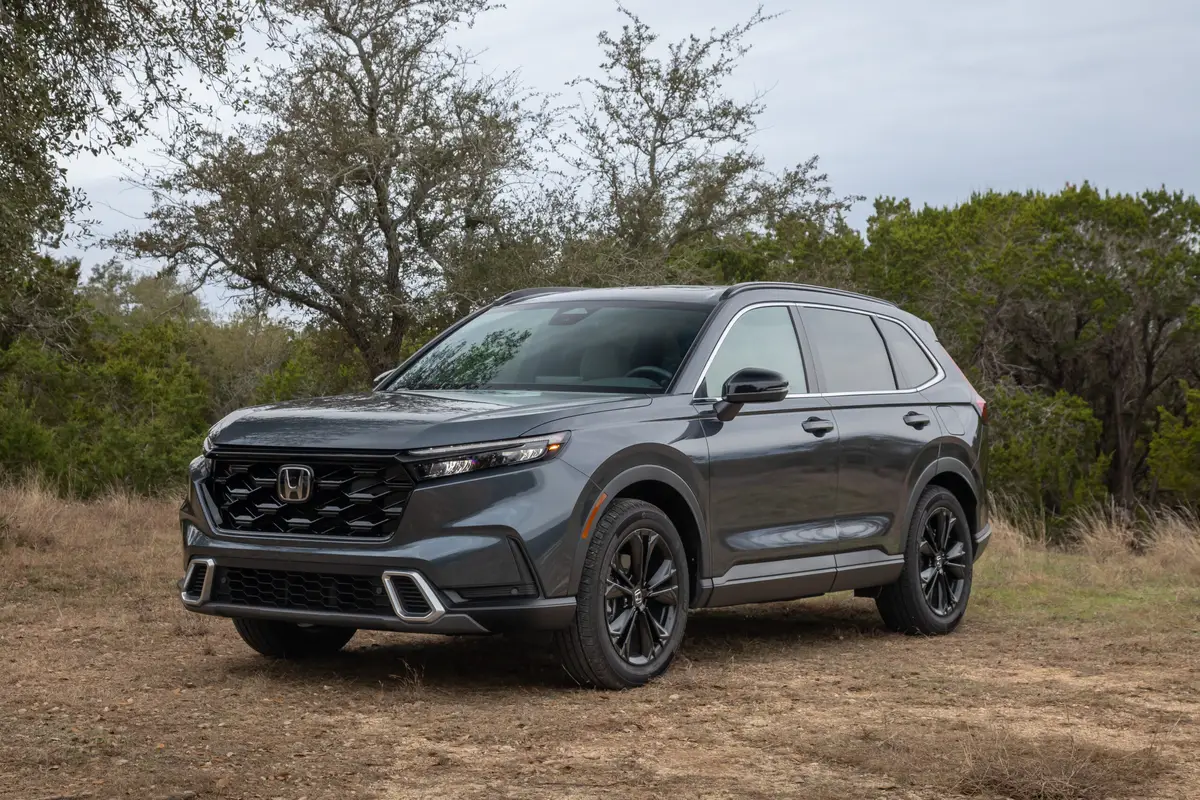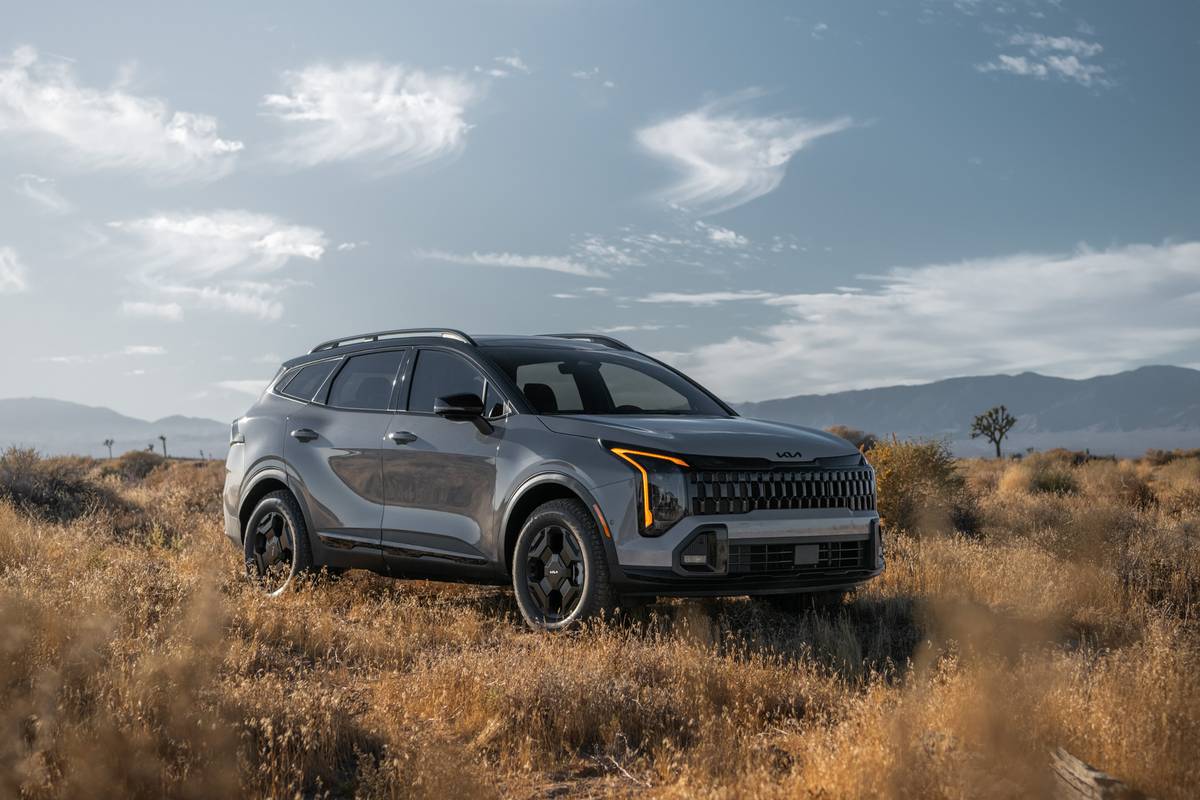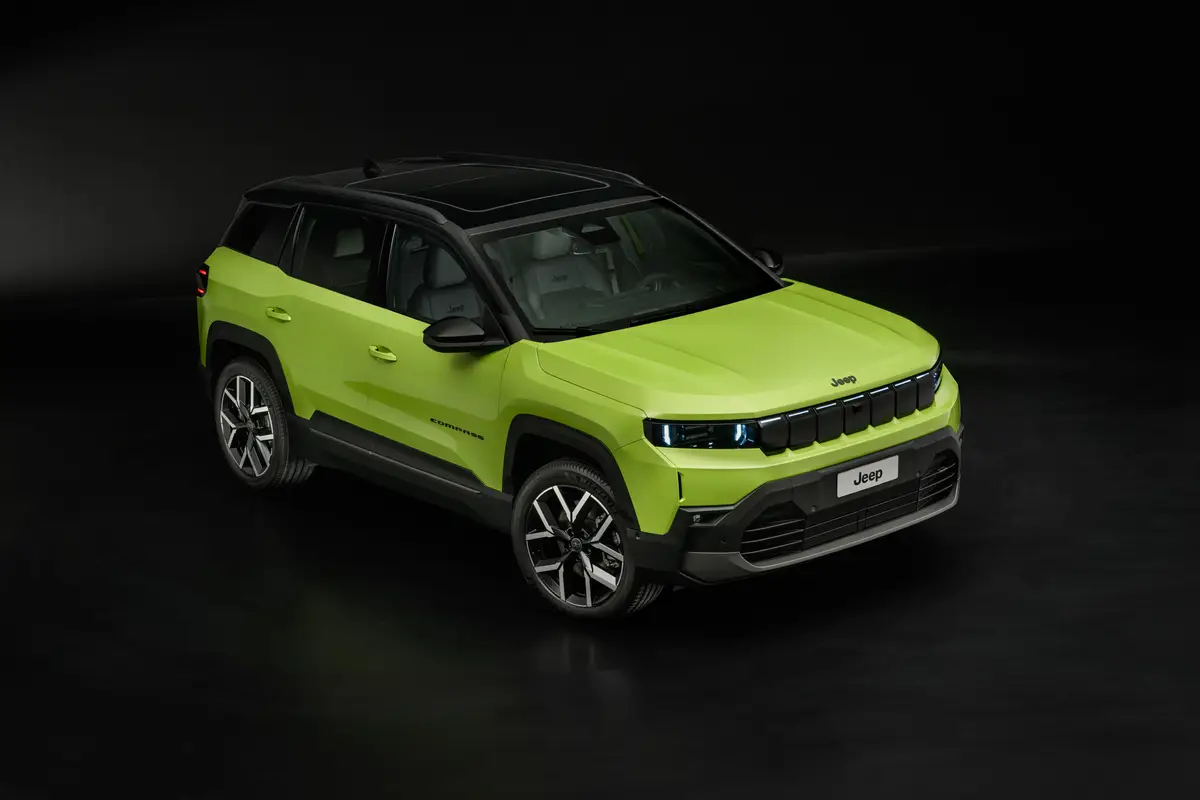Boston.com's view
I first drove the Honda Element early this year, in and around Santa Cruz, Calif., home to surfers, sand, dudes and dudettes. Driving the Element there was in some ways like taking a Red Sox fan to Fenway on a glorious April day and asking what they thought of the Old Band Box now.
After all, the folks at Honda designed the Element, its utilitarian and eminently affordable box-on-wheels, with young adventurers in mind. No shortage of those along the salty Left Coast.
Today, aiming squarely at the adventurous young, Honda is pushing the car in television ads that urge: “The New Honda Element: Go With It.”
I, for one, wondered who would go where. So when the chance arrived to use it as my family car for several days this month, it was interesting to note just who would be willing to go where in this car.
Sure, young Gen-Yers stopped by frequently when I parked the car to give it the once-over.
Wow, they said. Washable floors and seats. Those seats fold into beds?
Cool, look at all that space for my mountain bike, my snowboard, my camping gear.
Ah, but they were not alone.
I was stopped in shopping center parking lots by older women who marveled at its flat floor and easy access through the rear hatch; at the local landfill by older men who watched as I opened its side doors (front goes forward, rear goes back to create an opening almost 5 feet wide) and proceeded to unload bag after bag of garbage without having to bend and lift because everything just slid right out; and at the local general store by a pair of moms with young kids who saw how easy it would be to access car seats through those broad side openings.
My kids referred to this car as the Hummer-Not, and they were not far off. It does have that rugged, boxy, and cladded H2 look. The composite body panels have ingrained colors so that bikes, surfboards, skis, snowboards, and tools can be leaned against them. It’s meant for outdoor enthusiasts, has the option of 4-wheel-drive, and certainly won’t be bothered by external or internal spills of snow or water or mud. Yet it is far more practical for the average adventurer/commuter/soccer mom than the Hummer.
After all, with its Honda CR-V platform and Civic roots, the Element comes from a far more practical lineage than the militaristic Hummer.
It’s a bit shorter than the CR-V, Honda’s small SUV, but it’s just under 2 inches wider and offers fabulous headroom and legroom for four occupants.
The Element is powered by Honda’s new 2.4-liter, 16-valve, 4-cylinder engine that delivers 161 horsepower and 161 lb.-ft. of torque. That’s not enough power to go screaming down the highway or tow a big trailer, but with this rig’s utilitarian purpose, it’s plenty of juice.
The Element is offered in front-wheel drive or 4-wheel-drive, with two transmission offerings, a 5-speed manual or a 4-speed automatic, and in two trim levels, DX and EX. The ma nual transmissions won’t be available until spring.
The 2-wheel-drive DX starts at $16,100 for the manual transmission and $16,900 for the automatic. The 2WD EX models start at $18,650 and $19,450.
In 4-wheel-drive the DX starts at $18,300 and the EX at $20,850. The manuals will be about $850 cheaper.
Questions asked by onlookers whenever I parked the Element often centered around the side cargo doors.
Is it possible for the back door to open and a rear seat passenger tumble out? No. The front door closes over the rear door and the rear door cannot be opened until the front door is opened.
Does the absence of the supporting B-pillar (the center pillar in your standard vehicle) mean it is not as strong?
Honda has compensated for the absence of that pillar by putting a reinforced vertical beam inside the rear door. In addition, a hook and catcher system turns the interface of the two doors into a virtual B-pillar when the doors are closed Honda anticipates a 5-Star side impact rating from the National Highway Traffic Safety Administration.
Honda has used high tensile steel in its construction of the Element and dual stage front air bags, coupled with available side air bags will add to that safety.
Inside, the Element is an artful and ergonomic use of space.
Five cupholders in a car that seats four. Whoa!
Bins, bungees, cabinets, tie downs, pouches, and storage slots everywhere.
The rear seats fold up against the sides, or back and parallel to the floor, or they come out completely to leave a cavernous space with flat floor that can extend all the way to the lowered rear gate and that high, high roof. Sure, bikes, surfboards, and other adventure gear can go back here, but so can flats of flowers and vegetables, antiques, lumber, bark mulch, and groceries.
On the road, as I said, the Element is no rocket. Yet it moves plenty quickly in lane changes on the highway, climbs hills with relative ease even with all seats occupied, and sits surprisingly flat in lane changes and cornering, considering how high the roofline.
The last is because Honda managed to get much of its heavy weight low. The suspension is a compacted version of that found in the CR-V with toe control struts up front and, in the rear, a double wishbone system with rear damper and compact springs.
The Element’s exterior looks will remain, forever, the topic of some controversy. Some love the way it looks, others hate it.
Yet Honda has maintained from the get-go that this car was designed from the inside out. That is, provide space, utility, mobility, flexibility, and creativity. Then put it all in a box.
Which is exactly what they have done in creating a car that will compete very well, thank you, against the likes of the New Beetle, the PT Cruiser, the Mini, the Subaru Baja, and probably against the upcoming Volkswagen Microbus. It is also likely to lure those who want some SUV attributes without the size.
Nice touch: I love the shifter that comes out of the pod at center dash. Cleans up floor or console space that otherwise would have been occupied.
Annoyance: The Element comes with a tilting/removable rear sunroof. Ostensibly, it’s to allow those young adventurers to stand up through the roof and change their clothes below, all the while protected by darkened glass. The prototype had a roof that slid forward from the rear and opened up the back a la pickup truck. This would add one more great piece of utility, and I’d like to see that system offered as an option.
Latest news

2025 Honda CR-V Hybrid Review: Popular for Good Reason


